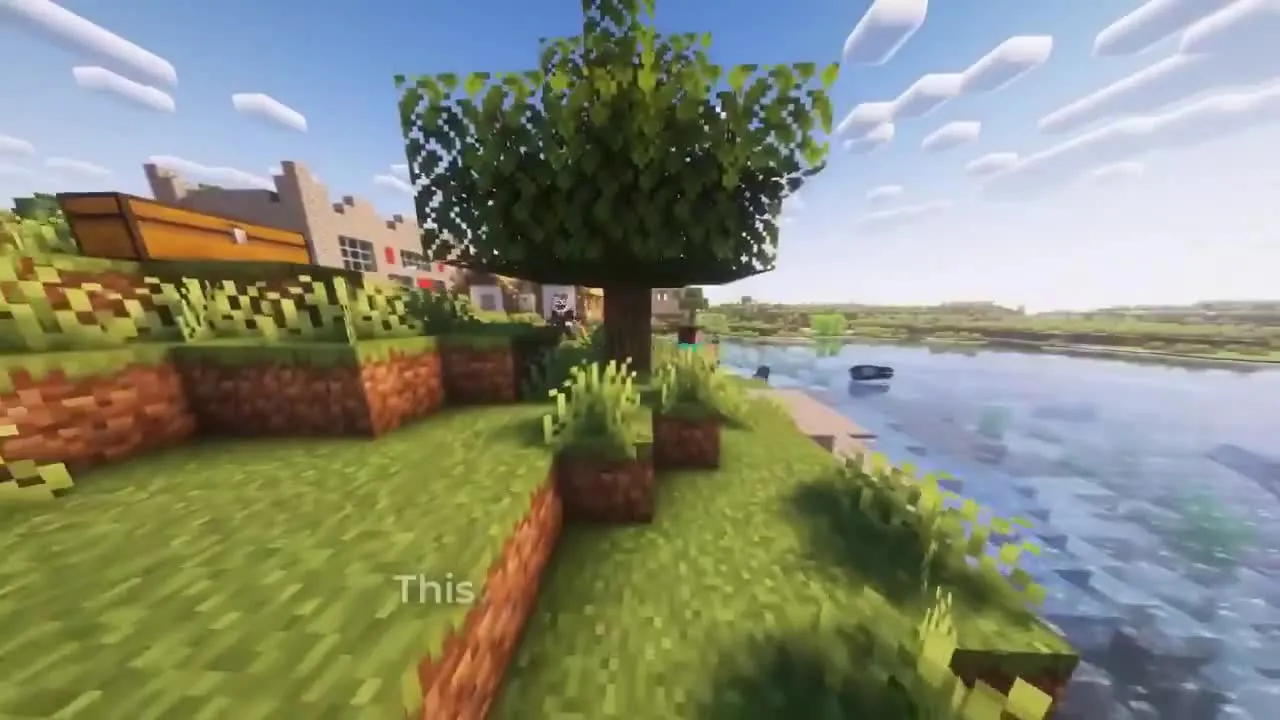Technologie et réseaux sociaux
Des agents IA ont créé leur propre civilisation dans Minecraft
Le post
Voir sur
This is fascinating! Researchers placed 1,000 AI agents in a Minecraft server, and they developed their own civilization with government, culture, and economy 😳
Powered by OpenAI’s o1 model, Altera’s AI agents mimic the human brain with many modules operating in parallel - simulating cognitive functions like attention, memory, and social cognition.
The results? Pretty jaw-dropping.
Left to their own devices, these AI agents:
- Formed alliances: Teaming up to share resources and tackle challenges.
- Built trade networks: Using gems as currency, they bartered goods and services.
- Created governance: Rudimentary laws and leadership structures emerged to maintain order.
- Developed culture: Some agents even crafted rituals, hinting at early forms of religion.
Imagine the potential of models like this at scale, simulating and testing solutions to real-world societal issues.
Soon, global leaders might rely on AI simulations to optimize major decisions before implementation.
Fascinating times.
P.S. for more interesting stuff, check out 🔔linas.substack.com🔔, it's the only newsletter you need for all things when Finance meets Technology. For founders, builders, and leaders.

Le débunk
✅ True
Project Sid is an initiative by Altera, a research company founded by MIT computational neuroscientist Dr. Robert Yang. Altera’s team, composed of software engineers and computational neuroscientists, primarily from MIT, focuses on advancing AI agent research. Project Sid explores large-scale AI societies, moving beyond isolated agent interactions. Using Altera's ‘PIANO’ (Parallel Information Aggregation via Neural Orchestration) architecture, AI agents can interact with humans and each other in real-time while maintaining coherence across multiple outputs.
Simulations in a Minecraft environment demonstrate how 10 to 1000+ agents autonomously develop specialized roles, adapt collective rules, and engage in cultural evolution.
This isn’t Altera’s only project focused on this type of simulation.
https://altera.al/
https://arxiv.org/abs/2411.00114
However, the agents did not use OpenAI’s o1 model, as it has only been available since December 2024. Instead, with the PIANO architecture, each agent utilizes 10 models for different tasks, such as goal generation, intent generation, and social awareness. Several models were used, including OpenAI’s GPT-4o, GPT-4o mini, and Claude 3–3.5.
https://arxiv.org/pdf/2411.00114
Vous avez une question, une remarque ou une suggestion ? Contactez-nous en en indiquant le titre du débunk. Nous vous répondrons au plus vite !
Contactez-nous
